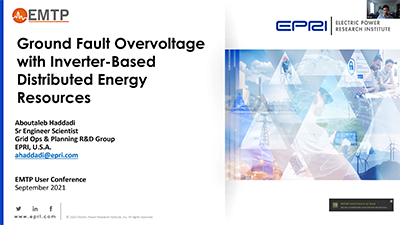Access to EMTP user presentations, webinars, and slide deck presentations.
page 1 of 1
3 presentations for Shunt Compensation:

Author(s): Muhammad Humayan
Type:Technical Presentation
Downloaded: 0
Date: 2024-07-26
Sustained Overvoltage due to Zero Sequence Resonance for Shunt Compensated Transmission Lines893
Abstract
Shunt compensation reactors, deployed in long AC transmission lines, serve to mitigate overvoltages induced by capacitive charging under light load conditions. However, these reactors can introduce op... see moreerational challenges, notably sustained overvoltages due to zero sequence resonance. Such resonance occurs in unbalanced conditions, often stemming from circuit breaker malfunctions that result in one- or two-phase disconnections. The zero-sequence resonance is triggered between shunt reactors and phase capacitance in disconnected phases. The overvoltage caused by this resonance can lead to equipment damage. The overvoltage caused by this resonance can lead to equipment damage.
The presentation will cover:
• Zero Sequence Resonance: Background on the phenomenon and resulting sustained overvoltages.
Tag(s): Shunt Compensation, Zero Sequence Resonance, Overvoltages, Protection
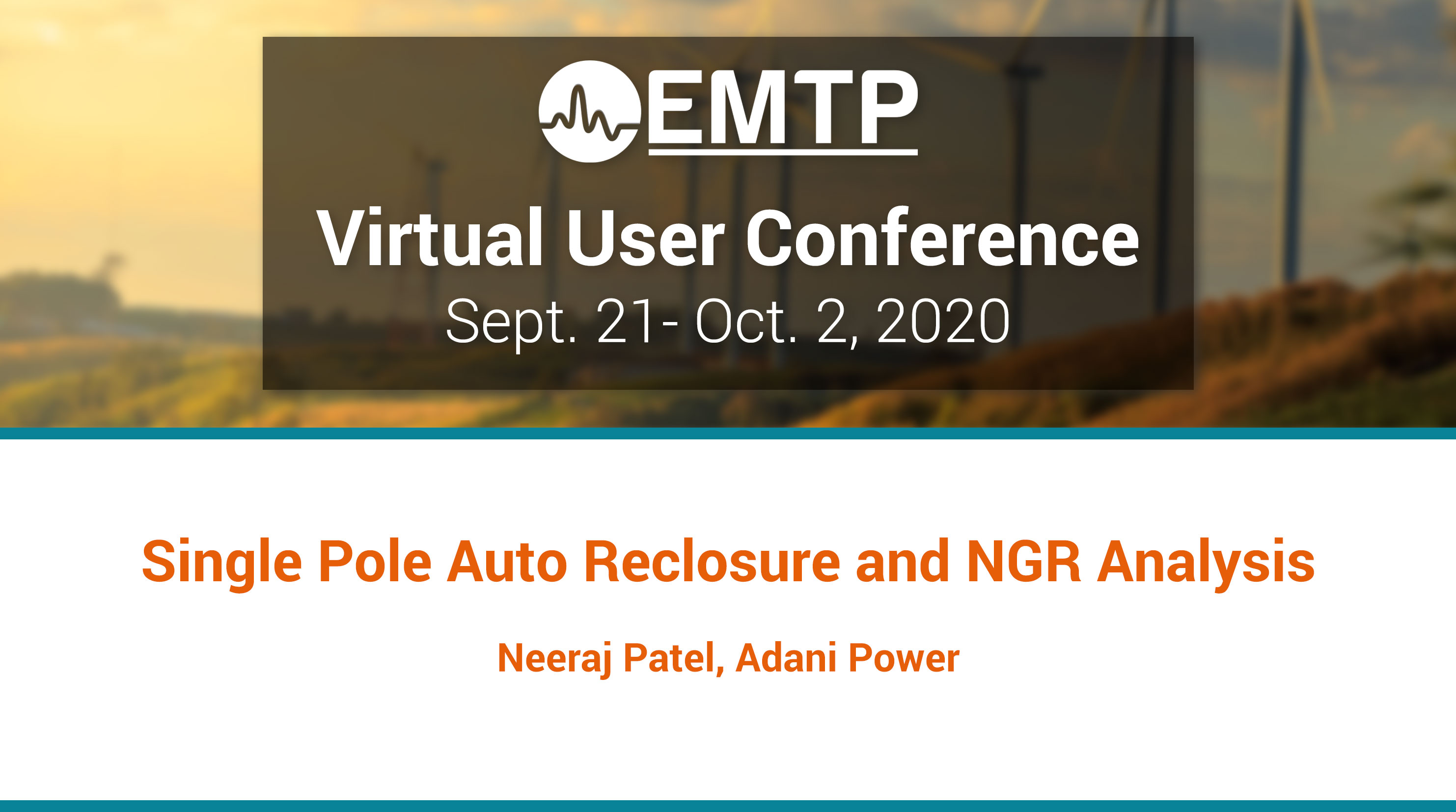
Author(s): Neeraj Patel - Adani Power
Type:Technical Presentation
Downloaded: 3
Date: 2021-06-21
Single Pole Auto Reclosure and NGR Analysis 794
Abstract
Unsuccessful auto reclosure has been observed in 765 kV HVAC transmission lines connected with Generation Bus. Back up Impedance Protection of Line reactor triggered during AR dead time due to power f... see morerequency oscillations in faulty phase (disconnected phase). It triggered tripping of Non Switchable Line Reactor at one end, which resulted tripping of 765 kV HVAC Line and avoidable Generation loss.
These Unsuccessful AR operations triggered us to study and model entire phenomena in Power System Analysis software (EMTP).
Initially, two circuits of 765 kV Transmission Line commissioned between Generation Station and Transmission Station with Line Reactor and NGR in both line at either end. Successful auto reclosure observed during single-phase faults on these lines. Intermediate Switching station constructed and both lines were divided in 4 section as per new requirement. Same configuration (rating) of Line Reactor and NGR adopted at newly constructed station on each line. Unsuccessful AR observed during AR running cycle on these lines after new configuration. Backup Impedance protection of Line Reactor found operated during AR Dead time.
Different sets of simulations has been carried out to understand the phenomena:
- Single Phase fault and Auto reclosure in 765 kV Transmission line in different section of entire corridor with Varying Shunt compensation (Value of Line Reactor)
- Different NGR values and observations for above simulations
- Trip the Line Reactor Breaker during Auto Reclosure Phenomena to avoid operation of Backup Impedance protection and its consequences
After EMTP Simulations and study, it was concluded that:
- Line Reactor (Degree of compensation) should be adjusted with adequate value while line length altered from its original design.
- NGR re-sizing can address the issues at some extent. Suitable value of NGR (based on Line Length and amount of shunt compensation) should be employed
Appropriate Solution and mitigation suggested after detail simulation & study.
Tag(s): single pole, analysis, auto reclosure, line reactor
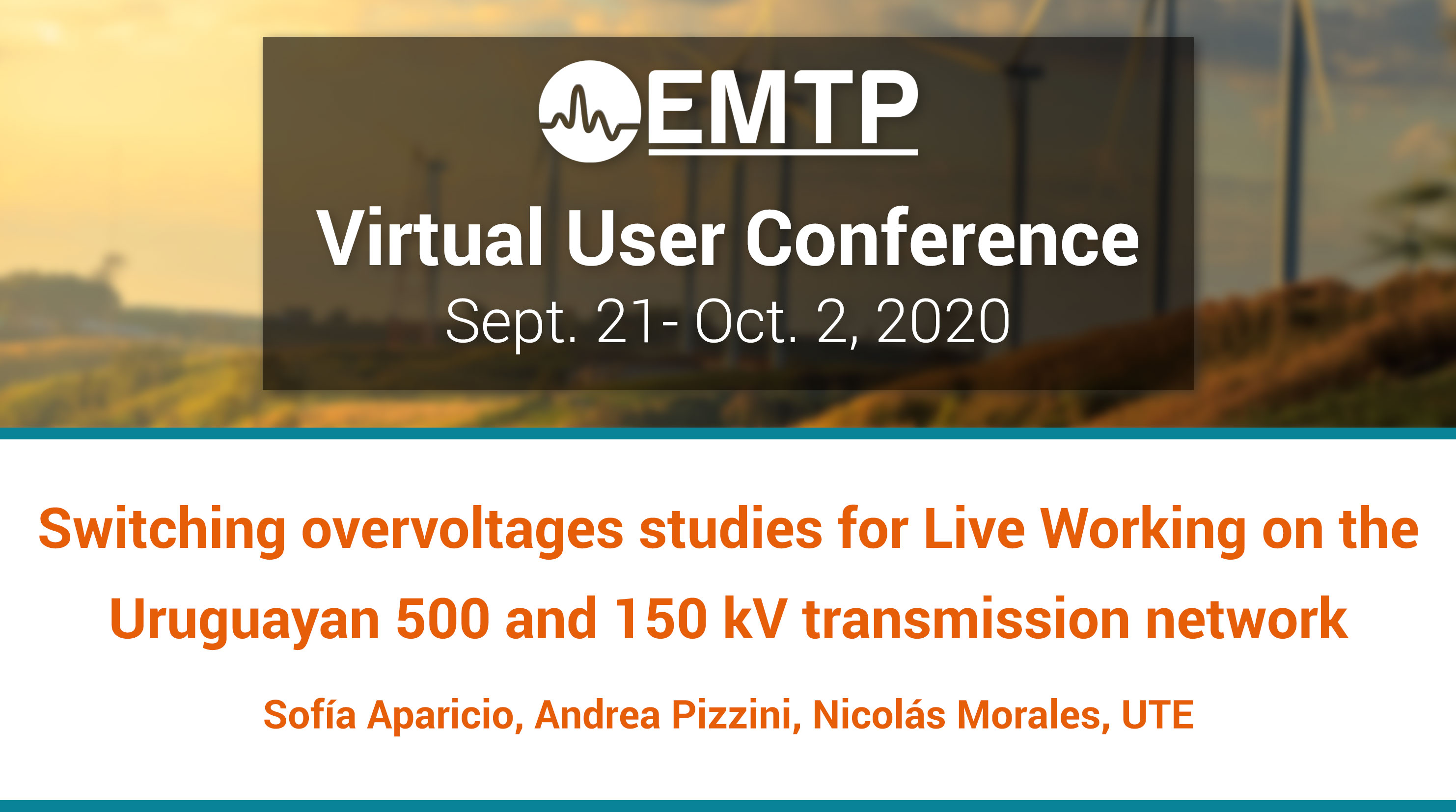
Author(s): Sofía Aparicio, Andrea Pizzini, Nicolás Morales - UTE
Type:Technical Presentation
Date: 2021-06-21
Switching overvoltages studies for Live Working791
Abstract
In order to obtain the distances required to perform live working maintenance on the Uruguayan transmission network under secure conditions, electromagnetic transient (EMT) studies are conducted to ob... see moretain the maximum switching overvoltage that can be found in 500-150 kV transmission network. Two different approaches were considered for these studies. On one hand, a simple approach is used, analyzing line switching transients on simplified two line network models. On the other hand, a detailed approach is considered, analyzing line switching overvoltage transients on a complete network model.
This complete model considers 500 kV and 150 kV overhead lines, 500/150 kV transformers, cables, reactive power shunt compensation, hydraulic and thermal generators. Electromagnetic transient studies and the complete network model are performed in EMTP software. Finally, a comparison between the results obtained considering each approach is performed.
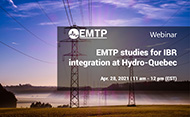
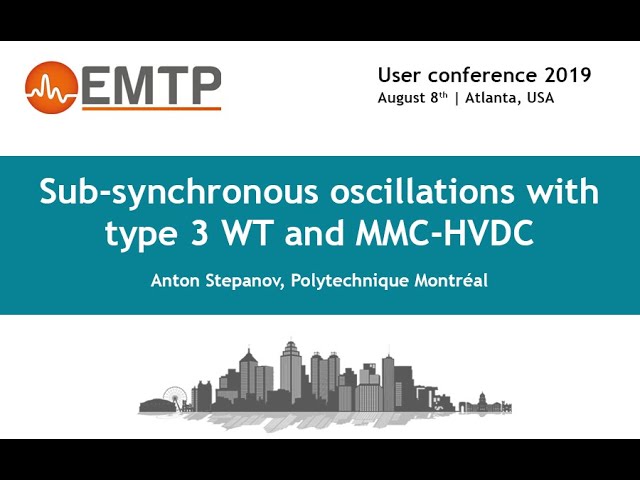
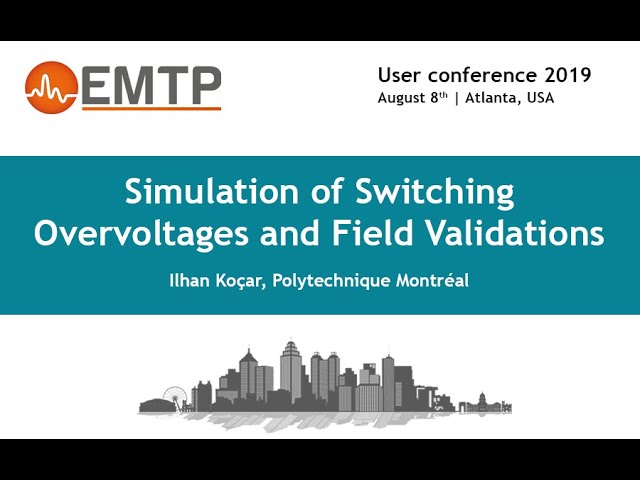
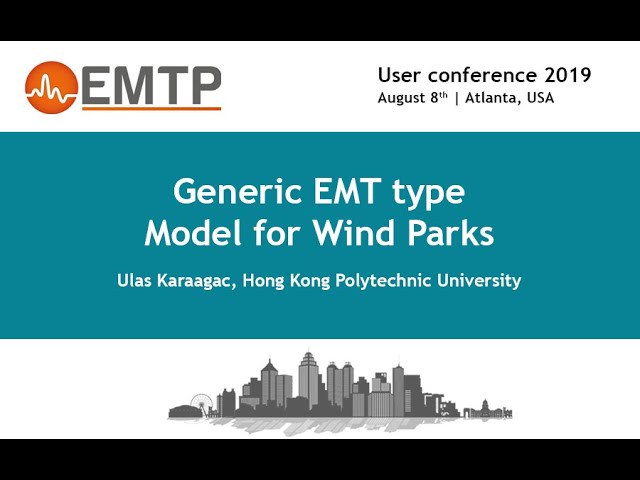
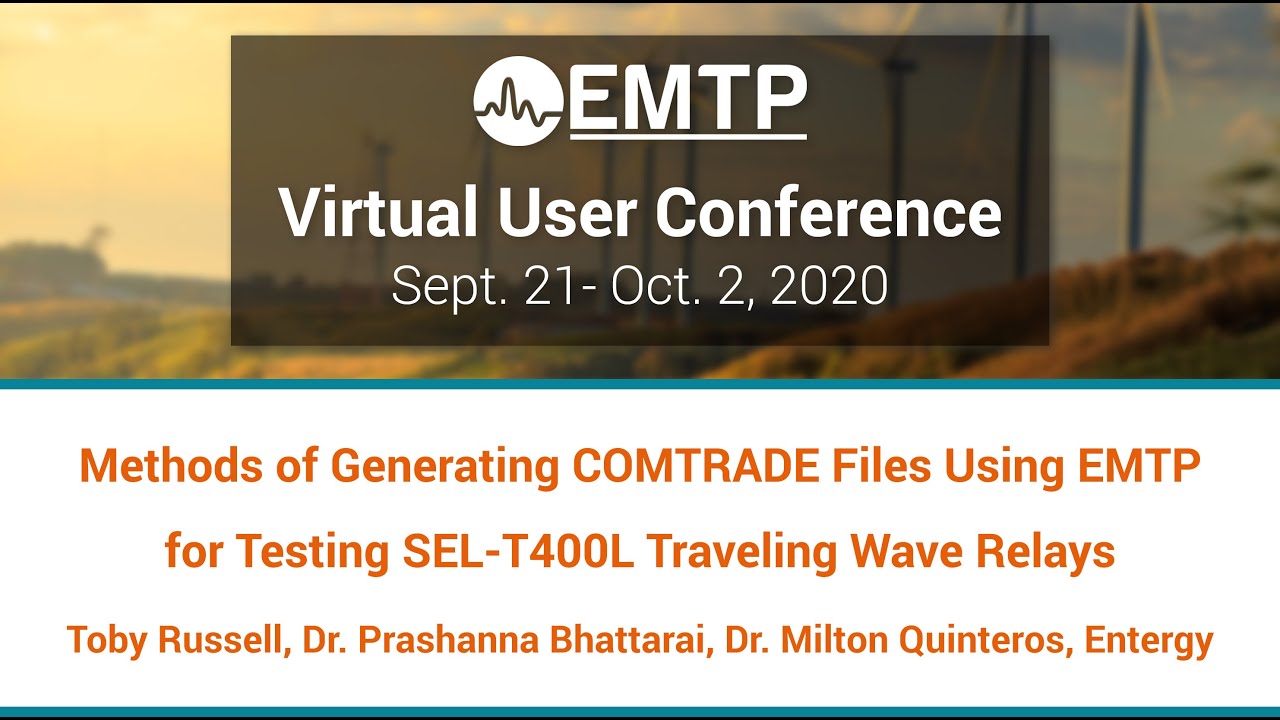
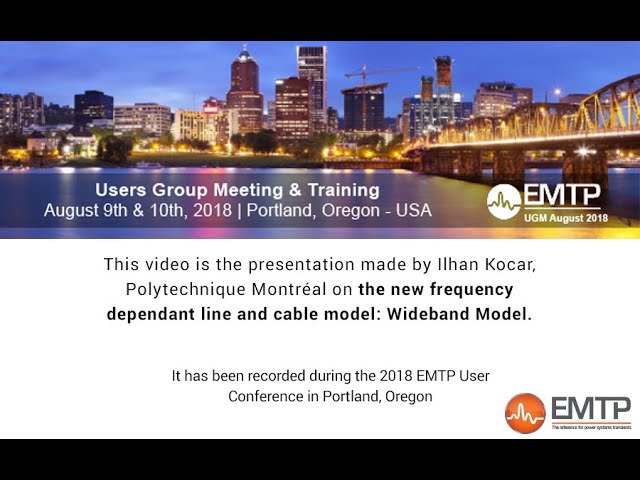
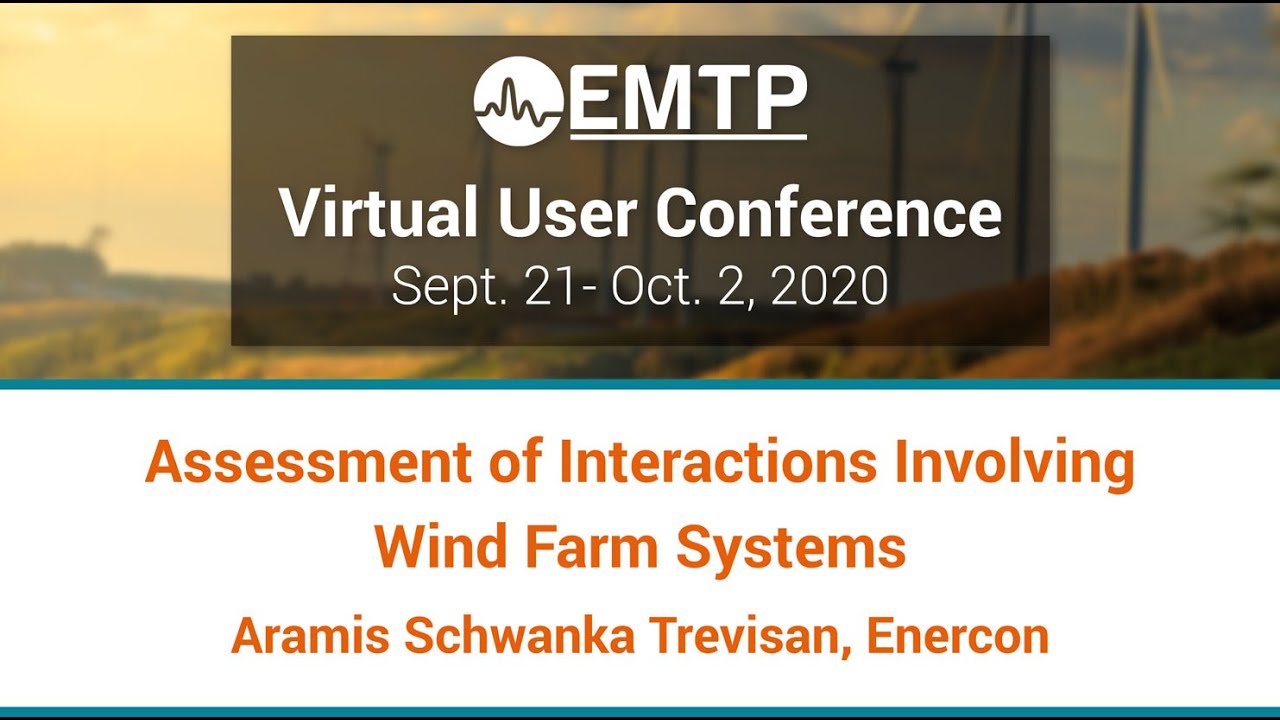
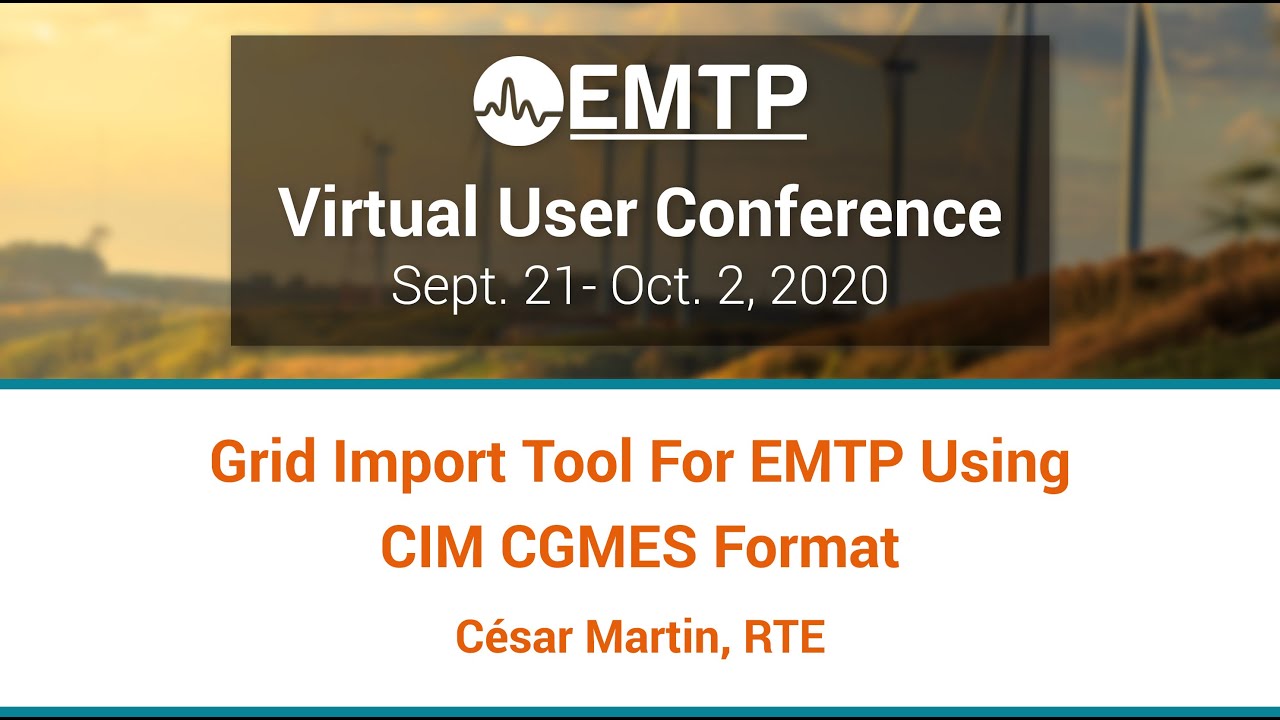
![[R&D]_EMTP : Recherche et développement [R&D]_EMTP : Recherche et développement](https://www.emtp.com/system/files/imagecache/presentation/slide1_1.jpg)
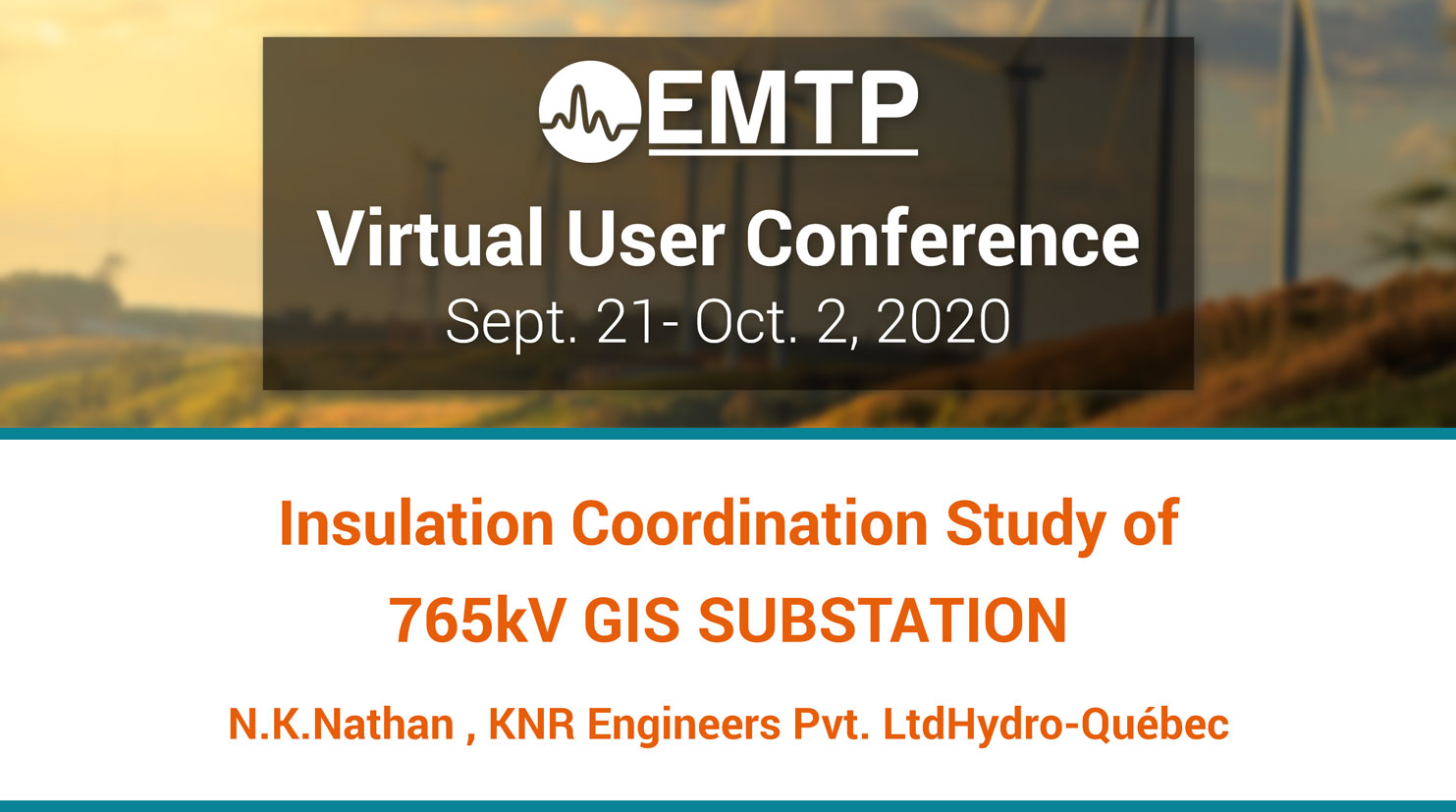
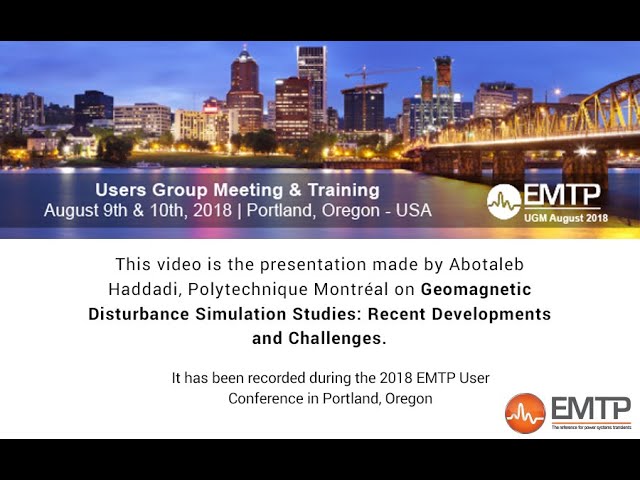
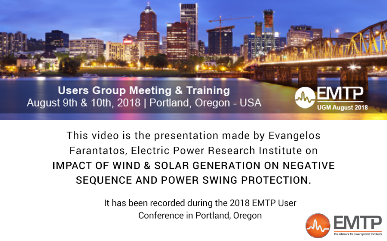
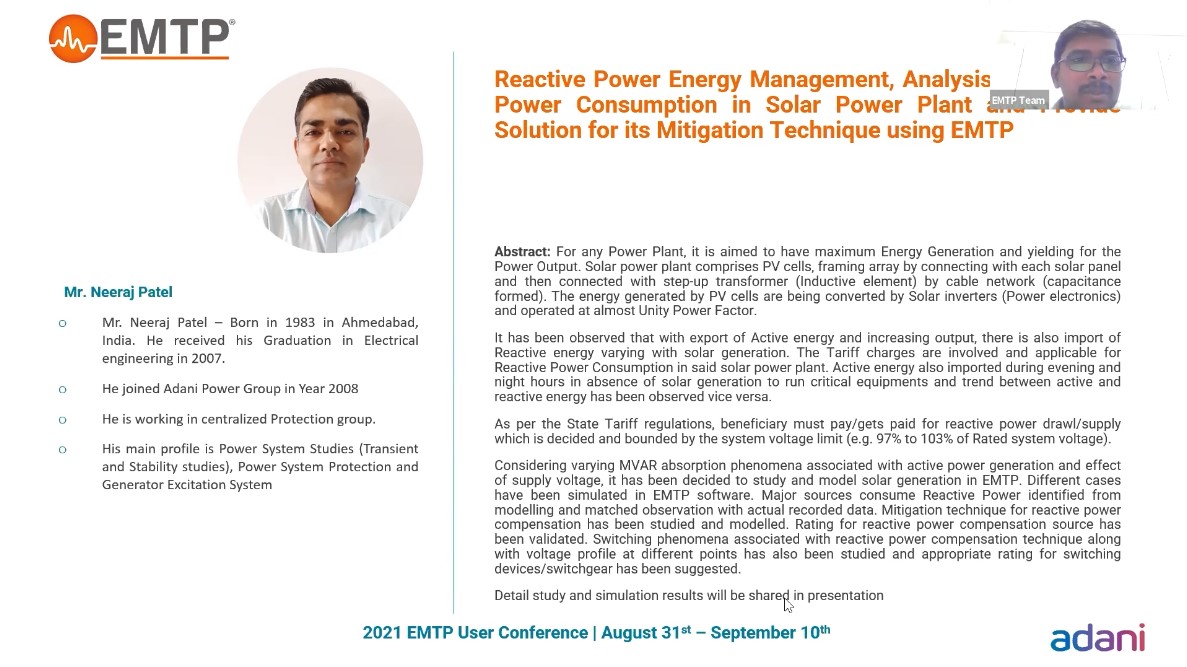
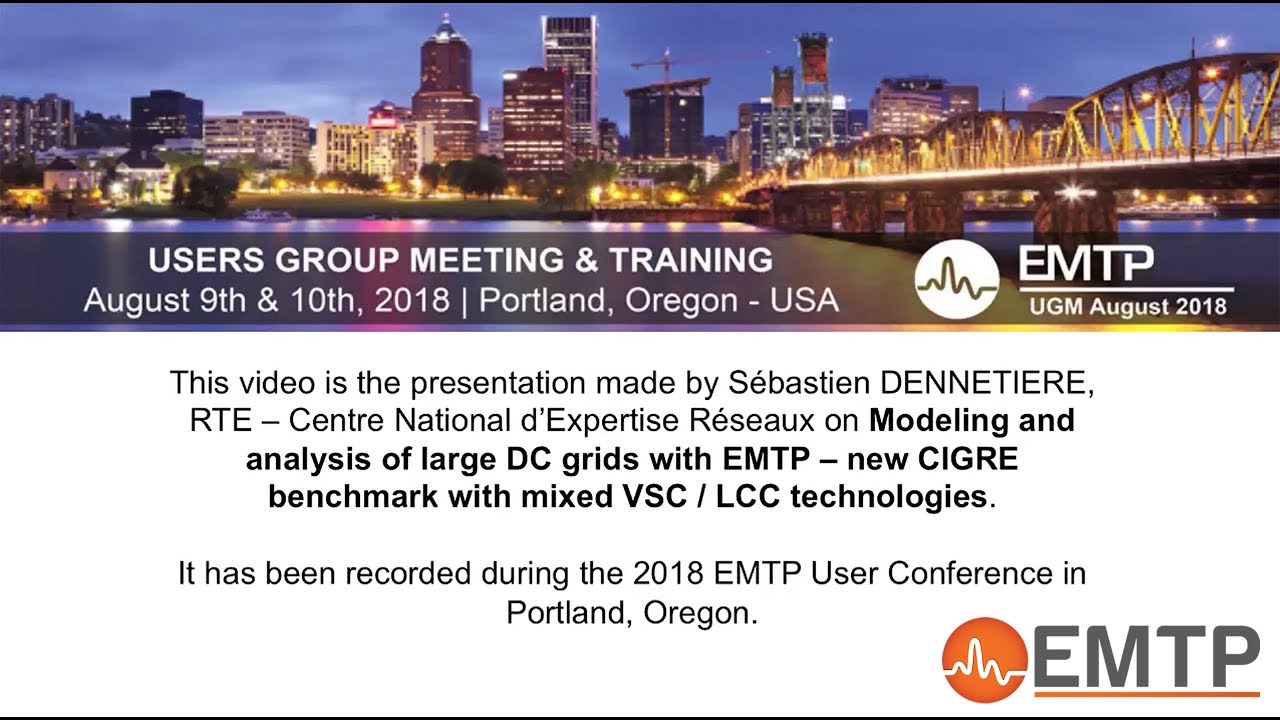
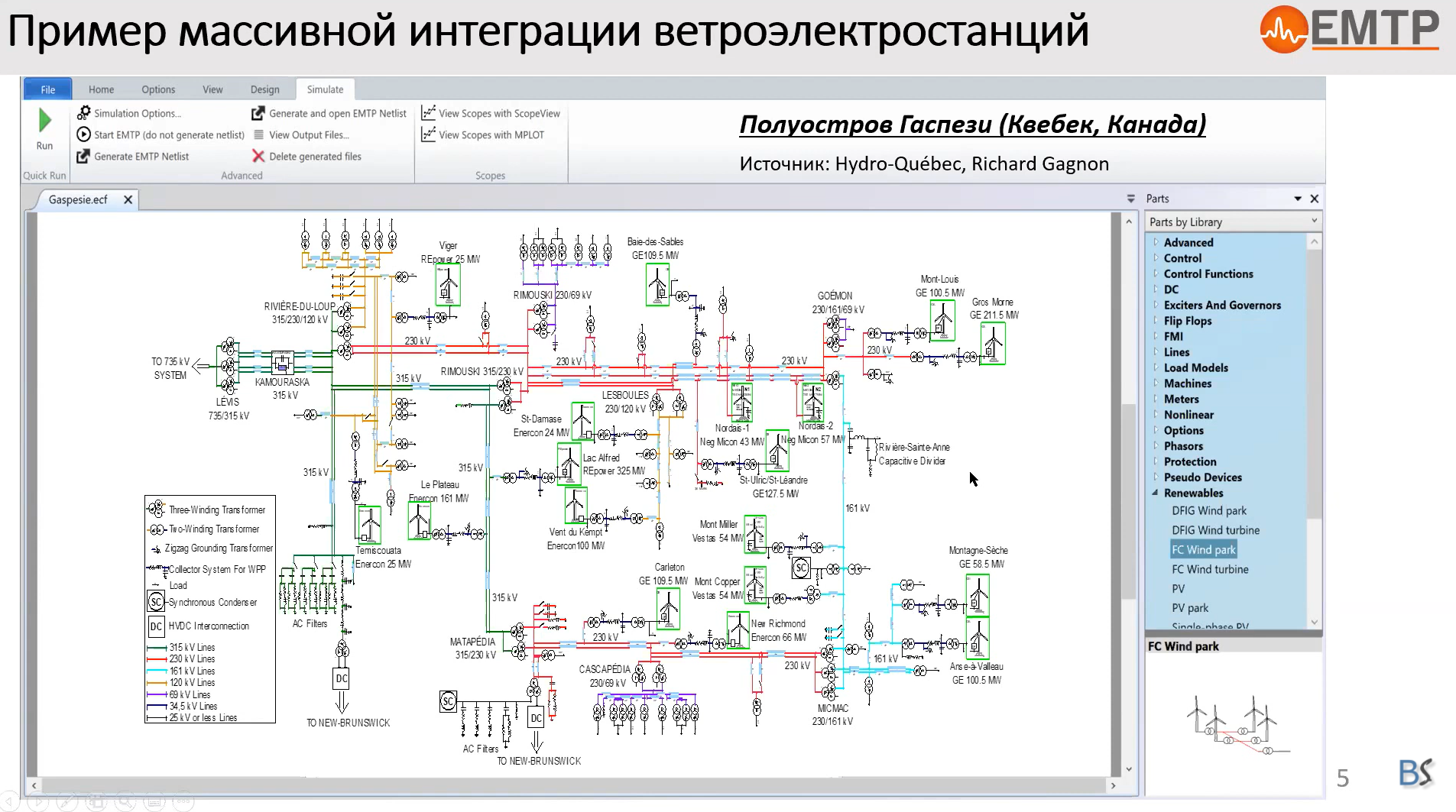
![[Protection_Devices]_Étude des courants coupés par les sectionneurs de changemen [Protection_Devices]_Étude des courants coupés par les sectionneurs de changemen](https://www.emtp.com/system/files/imagecache/presentation/TechnicalPresentation1.jpg)
